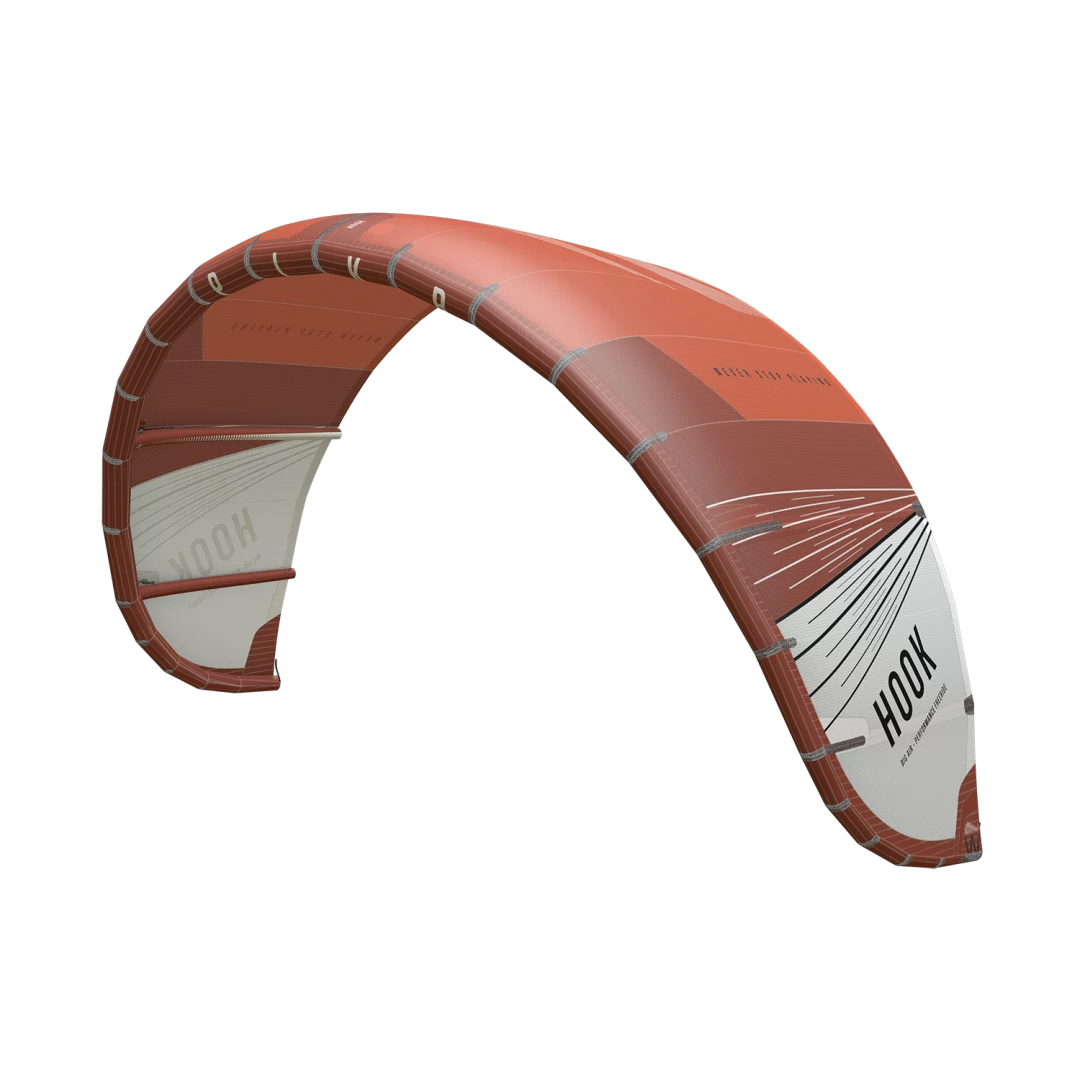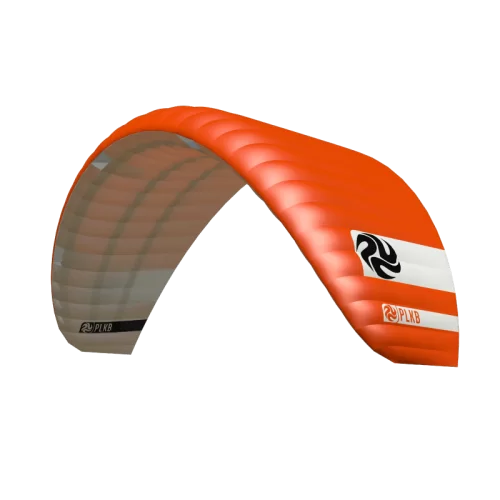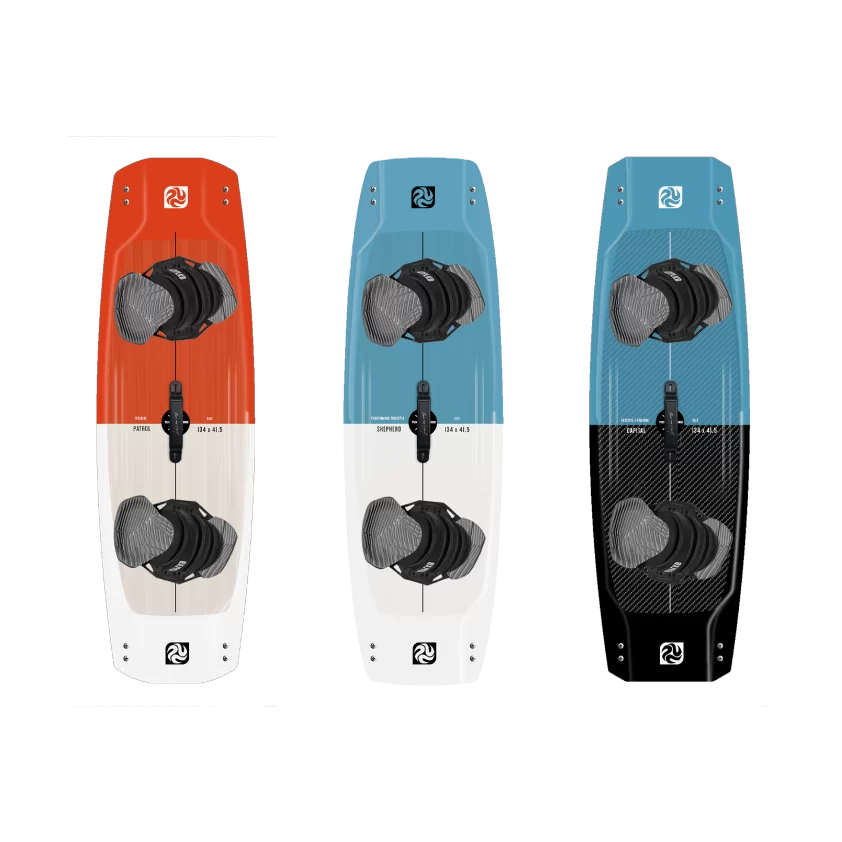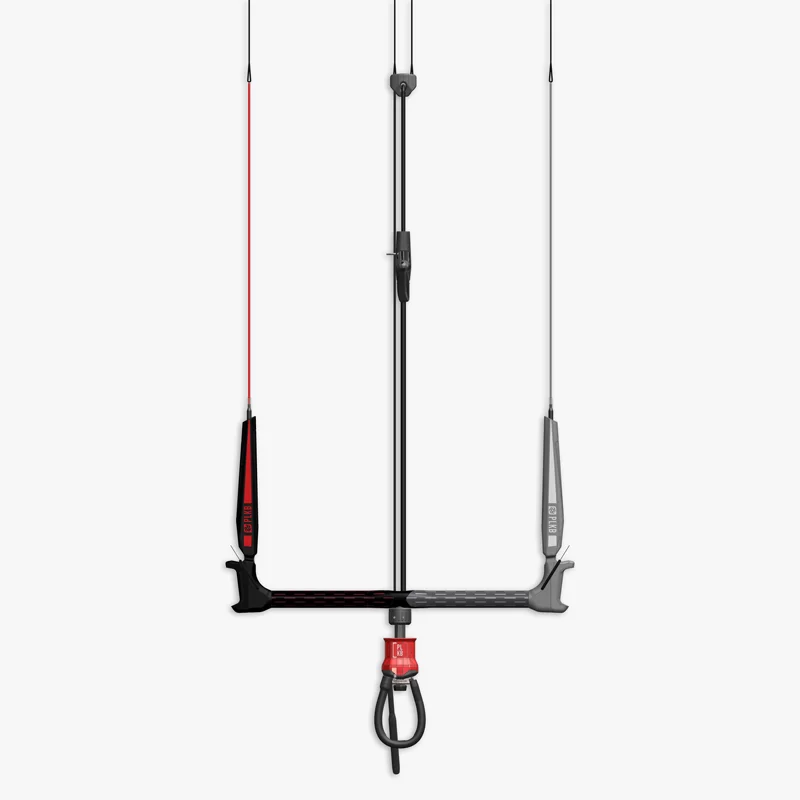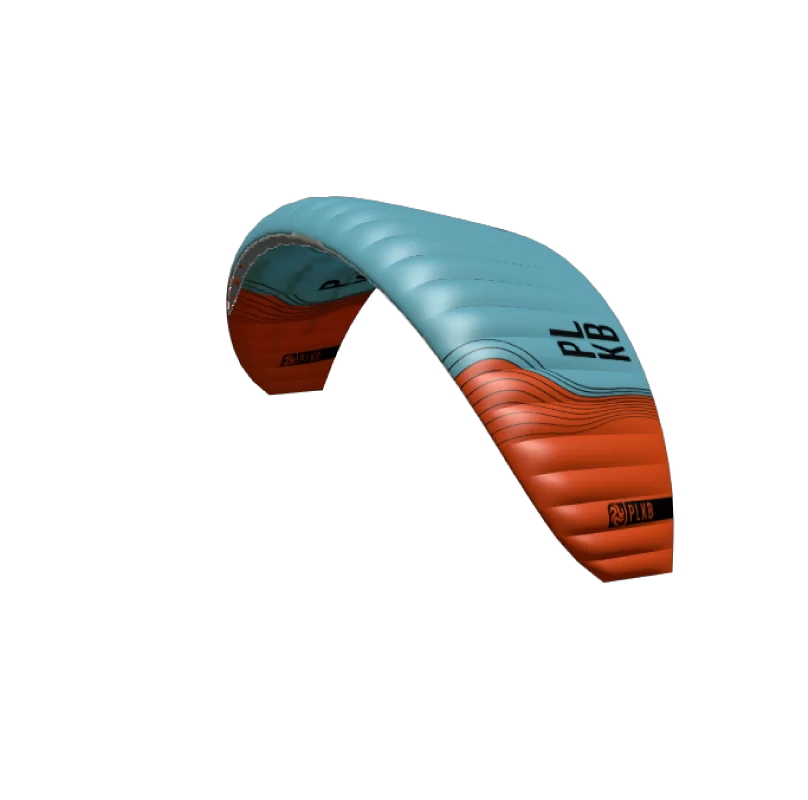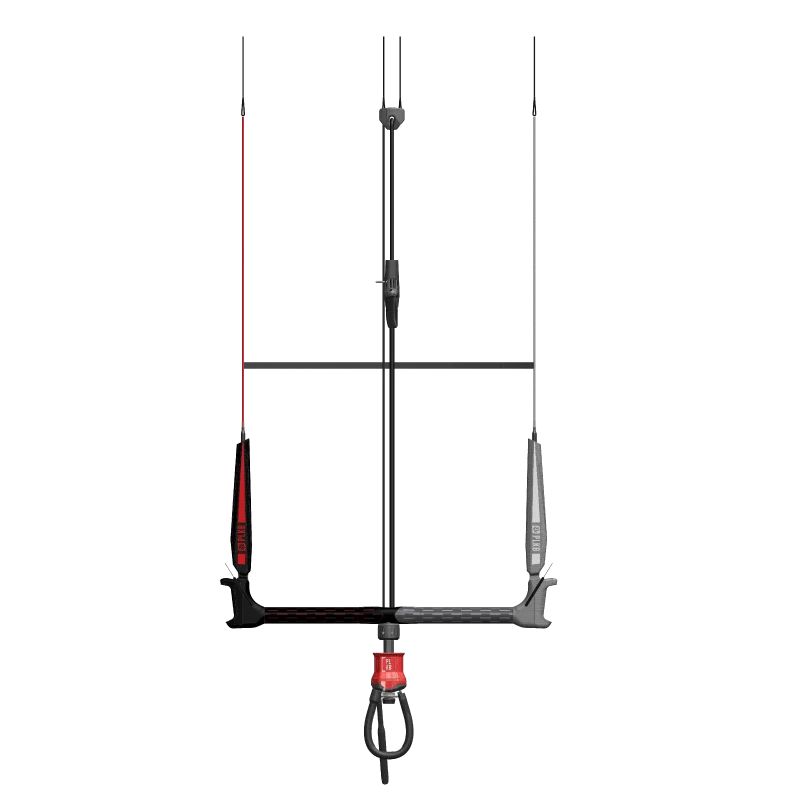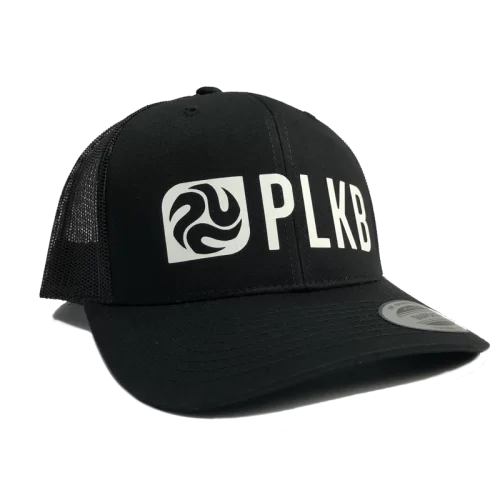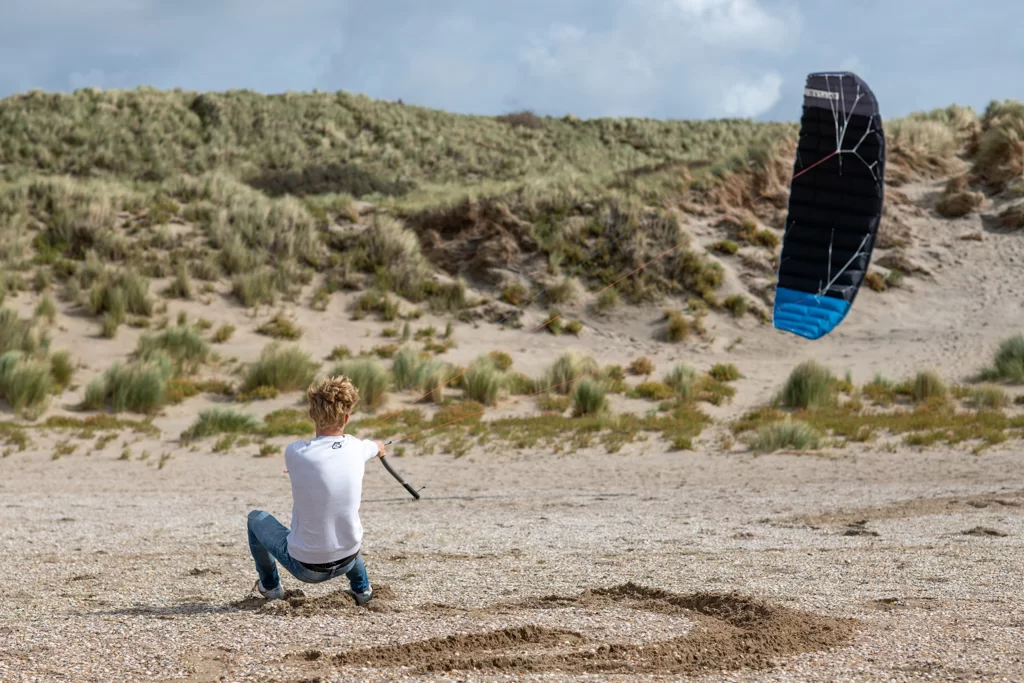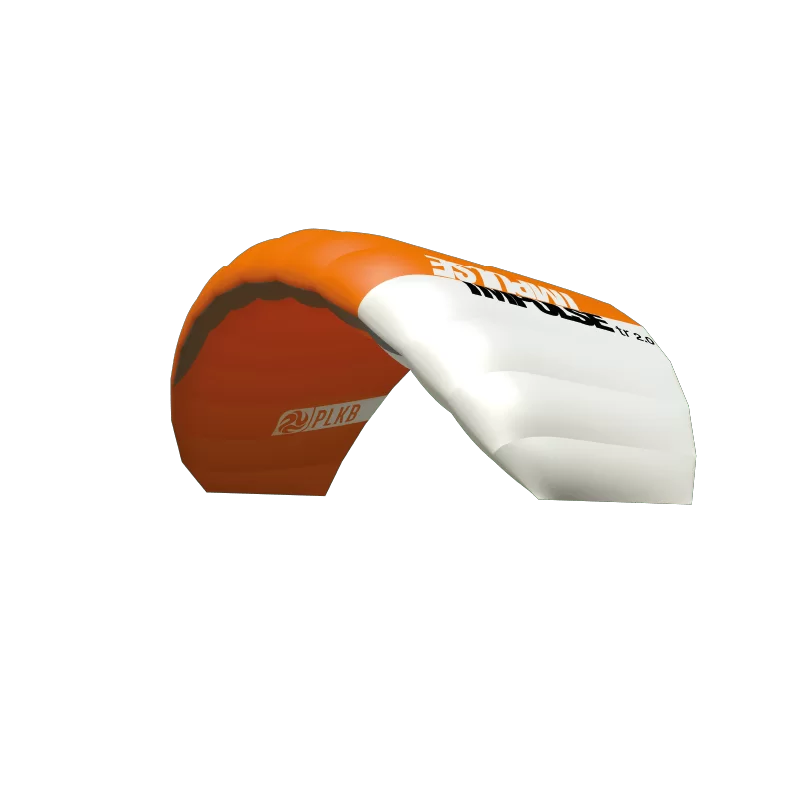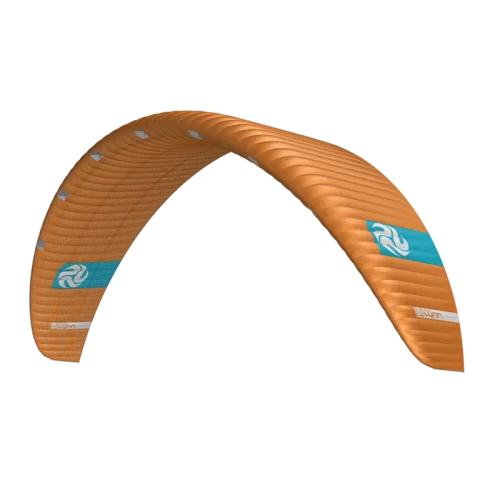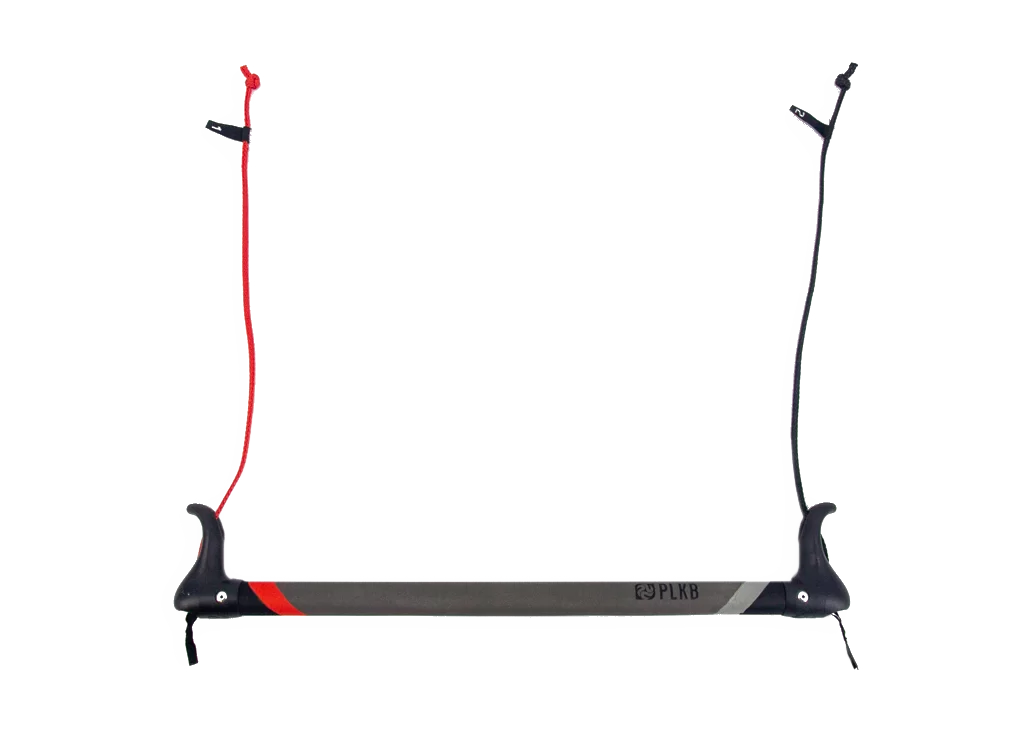Everything you need to know about Peter Lynn kites, from 1971 up to 2021
Peter Lynn
Peter Lynn Kiteboarding became in 2021 officially PLKB. With over 50 years of experience in making power and depower kites, it is time for the new chapter. From the legend Peter Lynn from whom we gathered all our education, our dreams about the future of kites and the drive to innovate, we arrived at a new phase, PLKB.
If you say Peter Lynn, people respond with an euphoric set of memories about how they have learned kiting with the Peter Lynn power kites. We are the only brand that continues to develop the power kite range to become better for learning, ease of use, power and to have fun with. We want to offer a broad range of kite products to give the best experience and most fun for all ages. Our cradle is to Never Stop Playing, because that’s what it’s all about.
Peter Lynn was Established
1971
Born in 1946, Peter Lynn started flying kites at a young age. He began his career as an engineer, graduated BE Mech Hons in 1969 and began working full time in the kite field in 1971.
He has been a leading innovator and a driving force in international kiting industry ever since. With the sole aim of being on the leading edge of kite design Peter and his team hold credits for an impressive list of industry firsts and patents, such as the invention of the kite buggy in 1990, the C-Quad in 1997 and the “Arc” style – or Twinskin type – kites in 1999.
1971-1988 Grandfather of power foils
Peter Lynn Peel
From 1987 Peter and his team committed 100% of their time and energy to the development of traction kiting, with early efforts being towards kite sailing.
One of the first wings that carried the Peter Lynn name was the Peel. With a simple design this two line wing offered very good performance as well as stability and great handling. The Peel was launched in 1991 and is now referred to as the grandfather of power foils. Although handicapped by the kites of the time (the best performance back then was obtained with delta style sports kites), within a few months Peter and his team were successfully sailing all courses under kitepower; in winds from 10km/h to – on a celebrated occasion – over 100km/h. By 1988, they were successfully water skiing using kite power, had mastered kite ice skating and had even made various wobbling attempts at kiteboarding.
1990 the Kite Buggy Invention
Peter Lynn Buggy
In 1990, the invention of the kite buggy showed for the first time that a kite could be a viable means to convert wind energy into motive power. The invention of the modern kitebuggy in 1990 was a spin-off from these other kite traction developments: in order to let kitesailing development continue through the winter, while their favourite lake was frozen over, the wheels were fitted to a 3-hulls kite boat. The result was recognised immediately as a practical buggy – and went into production within months, spawning what is now a worldwide sport with perhaps some tens of thousands enthusiastic practitioners today. Between 1990 and 1997, a series of kite buggies were developed, which got better and better over the years in terms of performance, user comfort and durability. From the Peter Lynn classic buggy, development went on to create the Peter Lynn Competition buggy; much more refined and still on offer today. At the same time Peter developed a wide range of extensions, upgrades and accessories for all buggies. The last addition to the range was the Folding buggy, which can be disassembled and folded without the use of any tools; ideal for storage and transport.
1997 First Hybrid Kite
Peter Lynn C-Quad
From the early 1990’s, the team at Peter Lynn had recognized that kiteboarding, if it could be made practical, would be the big prize.
Although handicapped by the kites of the time (the best performance back then was obtained with delta style sports kites), within a few months Peter and his team were successfully sailing all courses under kitepower; in winds from 10km/h to – on a celebrated occasion – over 100km/h. By 1988, they were successfully water skiing using kite power, had mastered kite ice skating and had even made various wobbling attempts at kiteboarding.
As they worked away at the problems year after year the big worry was not whether it was going to be possible or not – that had been settled early on – but whether it could ever be made easy enough for more than just a tiny handful of elite athletes in perfect conditions. As they swayed from hope to despair and back many times, it gradually became clear that the solution lay with better kites; not in board development, which had been the main focus in the early years.
In 1997 the first hybrid kite was born; the C-Quad. The speed and performance of this kite surprised kite flyers worldwide and it quickly became widely used in many kiting disciplines and showed to be perfectly suitable for kite buggying but also for kite sailing and even kiteboarding. The secret of the C-Quad is its excellent blend between two types of kite, combining the single skin of delta type kites with the bridling of a foilkite. With the complete wing being supported by bridles there was no need for the large, heavy rods seen in large delta type kites. The unique C-Quad is still seen today…
1999 World's Best Kiteboarding Kite
Peter Lynn Twinskins / Arc
For kiteboarding better kites were needed. At Peter Lynn, the search had been on for a decade but rapid improvements in LEI kites from 1998 on provided a real spur. Even though, designing and Arc was very difficult in 1998, the first Arc that could actually fly was built and successfully tested.
Not just successfully, early indications were that Arc style kites could eventually become THE best performing kites for kiteboarding. However flashes of amazing performance are not the same as a fully rounded developed design that can be manufactured consistently and perform for all users in all conditions.
Right from the start it was obvious that this Arc design, renamed to Twinskin design in 2003, had created a new field of its own, with its stability and auto zenith (there is nothing like it on the market), no bridles to tangle and of course no bladders to puncture. Combined with its great performance and user friendliness this makes the Twinskin design ideal for all levels of riders looking to progress every time they’re out riding.
In 1999 the first Peter Lynn Arc came on the market. The standard Arc was a great success, many people had noticed that there was a different kite that was a lot more stable and user friendly than the tube kites. The F-Arc, a high performance version of the earlier arc was introduced, followed the first Peter Lynn Guerilla in 2003. The Guerilla was another kiteboarding kite that was a great rival to the tube design.
The Peter Lynn Guerilla had a lot of depower, quick and easy handling and good lift. Many people started to realize that the Twinskin design was a very good alternative for the tube kite design, and slowly more people started to gain interest in the design. The design developed further when in 2004 the Peter Lynn Bomba and Guerilla II were introduced, a great fun kite, good for wakestyle and waveriding.
Where the tube kite development had been running for many more years, by all the various kiteboarding brands out there today, the Twinskin design had gotten so close in only a few years’ time, despite Peter Lynn being the only company with this type of kite.
2004
spark
2005
Peter Lynn Pepper
In 2005 the Peter Lynn Pepper took the market for “beginner” foils by surprise and quickly established itself as the kite of choice for kite enthusiasts looking to get into traction kiting. The Peter Lynn Pepper was easy to use, offered confidence inspiring stability and a lot of power at a very affordable price. After this great success Peter Lynn started to develop a wide range of products for beginners and intermediate users who want to easily advance in their favorite sport. The Access range was born.
2006 introducing the Access Range
Peter Lynn Hype aka Vibe
The Hype started in 2006 as the Peter Lynn Vibe. A power kite that can be flown by everyone, no matter what age or skill, with confidence. With easy relaunch and constant power, the Vibe grew fast. After several years on the market, the name Vibe had to be changed and became the Peter Lynn Hype. Now a decade later, it’s the best sold kite on the market.
The Peter Lynn Hype as 2-line entry power kite with straps. It’s the perfect kite for a day out with the whole family. It is incredibly easy to set-up and suitable for all ages and skill levels. Flying the Hype does not require any prior kiting experience, as it's docile flying behaviour ensures that there are no sudden power surges when flying the kite through the wind-window.
2006
Peter Lynn Impulse
In the same year, the Peter Lynn Impulse was added as a 3-line power kite with super easy relaunch. It’s a perfect trainer kite to learn the first principles of kiteboarding or enjoy the power of a kite without having to walk at all. Maximum Fun it is.
2006
Peter Lynn Hornet
The Peter Lynn Hornet was introduced in 2006 for the first time. A power kite build for maximum stability and power, perfect to use for all kitesport activities. The Peter Lynn Hornet is the most well established all-round powerkite in the world, in over 15 years of history it has been revised, redesigned and tuned to perfection. No matter in which traction kiting discipline your ambition lies, the Hornet will provide you with a highly dependable and versatile entry-to-intermediate level traction kite. A true champion is the world of power kites. Here
2006
Peter Lynn Twister
To complement the range with a 4-line fixed bridle jump kite, the Peter Lynn Twister was first introduced in 2006. The Peter Lynn Twister is the undisputed airtime champion in the fixed bridle arena and has been putting smiles on the faces of adrenaline junkies all over the world for 15 years. Its renowned jumping ability combined with its direct controls offer any ambitious pilot a great airtime machine with more than enough power to lift your powerkiting to new levels. It features a mid to high aspect ratio which makes it fast and powerful while its new profiles ensure maximum control and performance.
Peter Lynn Uniq
The youngest member of all power kites is the Uniq series.
Fixed Bridle Buggy Pro Series
Peter Lynn Buggy Kites
In 2009 the Pro range was first extended with the Peter Lynn Core, a highly versatile kite which was the result of the very best technological developments by the Dutch designers. The Core offered performance unseen in foil kite design. Designed as an all rounder it was so efficient that it could easily be flown one size smaller and still offer the same power as its competition. 2009 proved to be a milestone year in the Peter Lynn history, with the introduction of the Vapor at the European kitebuggy Championships leaving nothing to the imagination. With the top 5 being Vapor pilots and a total of 7 Vapors in the top 10 Peter Lynn firmly cemented itself as the leading brand in high performance foilkite design. In the following years the Vapor continued to dominate the international buggy racing scene with numerous National titles, several European and World championship titles and setting the current worldwide kite buggy speed record of 134Km/h.
Over the years, many Peter Lynn kites were introduced under the flag pro series, and developed for kite buggying as well as for jumping.
Pro Series
Buggy kites
Peter Lynn Vapor
Peter Lynn Reactor
Peter Lynn Viper
Peter Lynn Core
Jump kites
Peter Lynn Voltage
Peter Lynn Twister
2009 Famous Fixed Bridle Buggy kite
Peter Lynn Vapor
2012 Peter Lynn Snowkite Range
Peter Lynn Lynx
In 2012 also the first depower foil with bridles was introduced in the Peter Lynn range; the PLKB Lynx. Suited for all skill levels, the Lynx is a perfect all-round cruising kite. In 2014 the range of bridled depower foil kites was extended and now includes the Leopard; a high performance, freestyle kite for advanced riders. By offering this wide a choice of excellent kites for any kite activity and skill level, Peter Lynn truly does credit to their slogan ‘one brand, all disciplines’.
Peter Lynn Tube Kites
2011 marked a special year for Peter Lynn. With the release of two dedicated kiteboarding kites at the end of 2011, Peter Lynn entered the LEI/tube market. The Escape and Fury were the result of several years of development and showed the kiting industry that 40 years of experience really means something. Both the Escape and Fury were quickly recognized by kiteboarders worldwide as serious competitors in terms of build quality and flying characteristics.
By the end of 2012 the second generation of Peter Lynn Escape and Fury was introduced, with both kites being further refined and tuned to suit the respective target riders even better; and they received a graphic overhaul as well. Furthermore, the LEI range was extended with the Fury Lite, dedicated to light wind and course racing.
Peter Lynn Fury
"Peter Lynn brings you new kites, revolutionary to the brand; a valuable addition to the line-up and the next step in the Peter Lynn strategy to bring the best kites for each discipline of kite sports.
Peter Lynn stands for refined products, best-in-class materials and progressive designs and this vision can be recognised in the new LEI kites too. Designer excellence materialised into two brand new kites. The optimised profiles bring unprecedented handling and feedback to the rider, enabling them to progress faster in whatever direction he or she chooses. This is also in line with the Peter Lynn strategy to offer personal progression, adventure and excitement to the end user.
The two new LEI kites, the 'all area performance’ freeride Fury and the ‘all-round comfort’ intermedia te Escape are both designed with optimised profiles and fine-tuned bridles, as you might expect from Peter Lynn’s expertise and pedigree in kite design. To be able to be allround successful, Peter Lynn invested all its resources and knowledge in kite development resulting in exceptional rider feedback and a great wind range. Those are elements that are essential for any kiter to enjoy a kite in all disciplines and over a wide range of conditions."
2012-2021
Peter Lynn Escape
Together with the Peter Lynn Fury, Peter Lynn came with the Escape. A 4-strut All round kite made for beginner to intermediate riders. The Escape has always been made for progression with smooth and predictable handling and kite feedback. Always improving weight, strength, performance and handling. After 9 generations, the Peter Lynn Escape can be called perfected and with a huge fan base, it's a true benchmark for performance freeride kites with freestyle and big air capabilities. With improved lift and boost, it's still the predictable and easy handling kite as it was at V1. Something to be super proud of.
2014
Peter Lynn Swell
2014 Peter Lynn introduced the Swell. A versatile 3-strut SLE kite that combines wave riding, freestyle
and freeriding performance in one package. It is designed to give you the responsiveness and maneuverability of a wave kite and combines it with great stability and depower. A kite that has been used by kite schools for many years, due to it's great stability and responsiveness. After 5 generations a well established wave kite with much more cabablities than that.
2017
Peter Lynn Aero
After the success of the fixed bridled foil kites, it was time for a new challenge to set new records. After years of development, Peter Lynn came in 2017 with the first Aero. A closed cell depower foil developed for pilots who are looking for the ultimate racing and light wind experience. Closed cells to create more internal pressure and keeps the kite floating for kiteboarding. Size ranging from 7m till 20m with a huge depower range, creating a total different league.
2017
Peter Lynn Kiteboards
With the Peter Lynn Patrol and Capital, Peter Lynn started to offer a full kiteboarding package.
2018
Peter Lynn Charger
The Peter Lynn Twinskin design made in 2018 its last introduction with its last version the Peter Lynn Charger 3. The only kiteboarding kite in the world that soak up gust like no other kite and flies to 12 o’çlock when you let go of the bar. A unique concept with numerous advantages. But being different does not always pay off, the Charger is more difficult to produce and in 2019, the team of Peter Lynn decided to focus on tube and bridled foil kites to exceed and grow.


